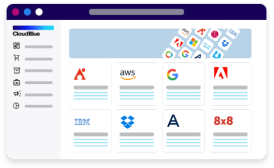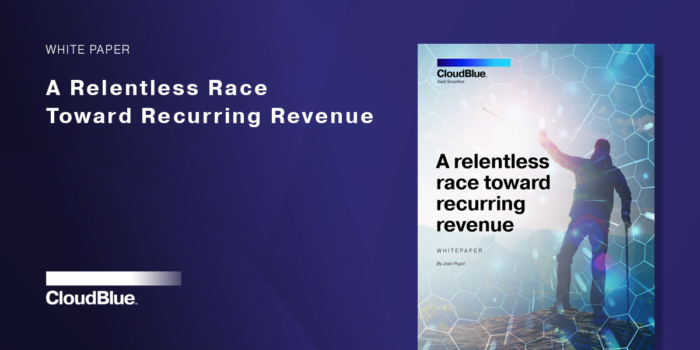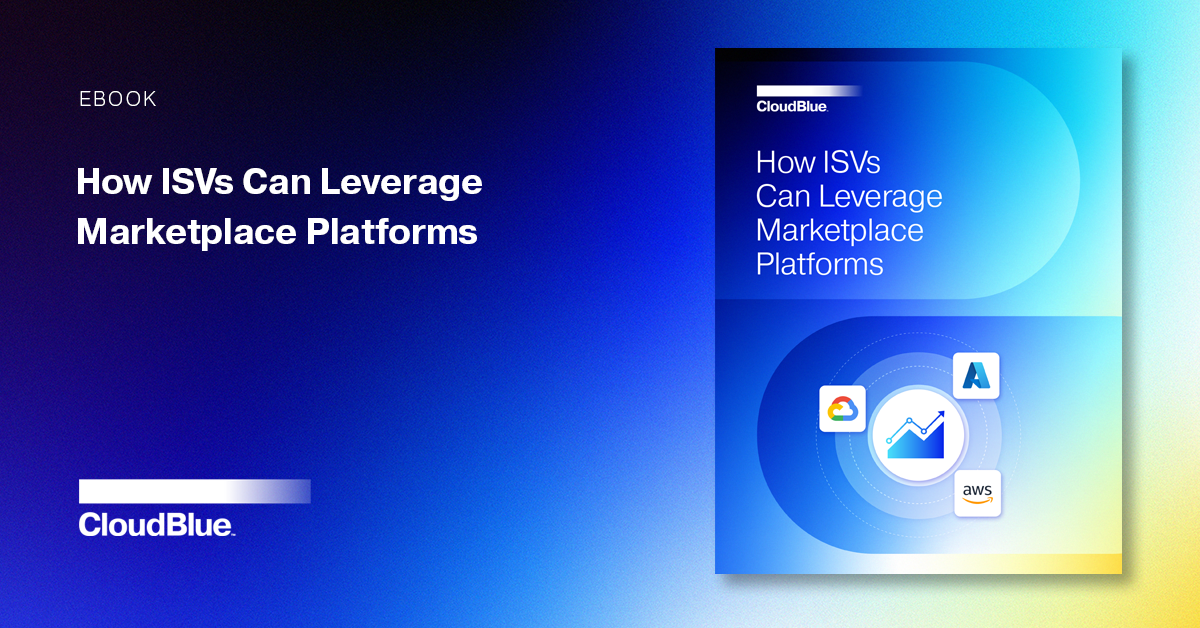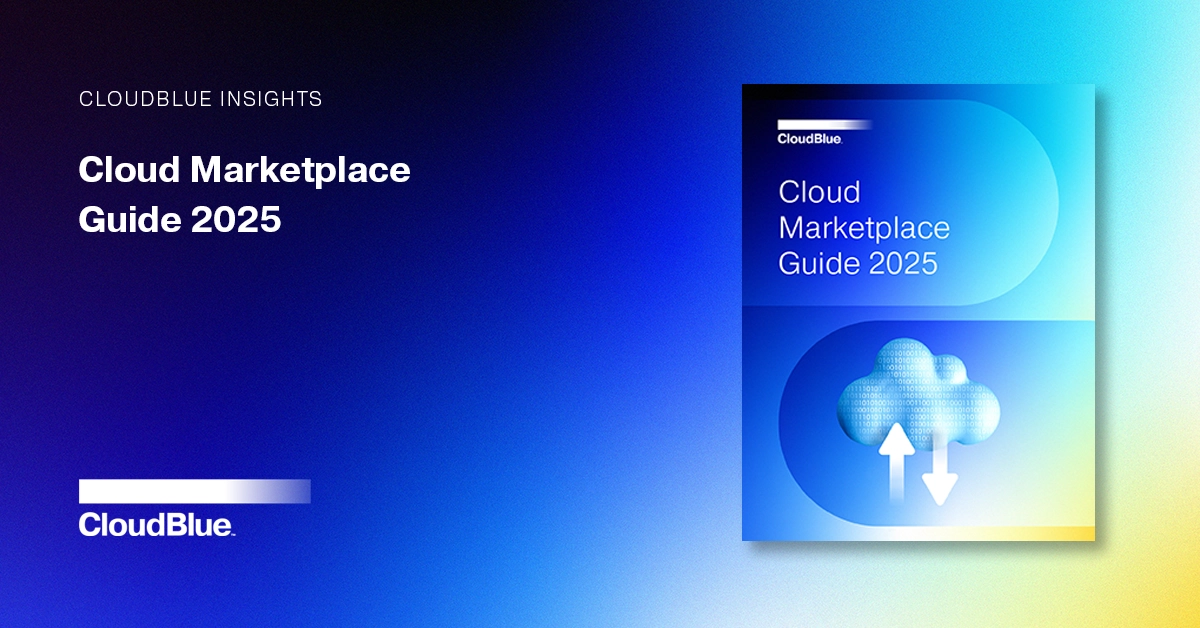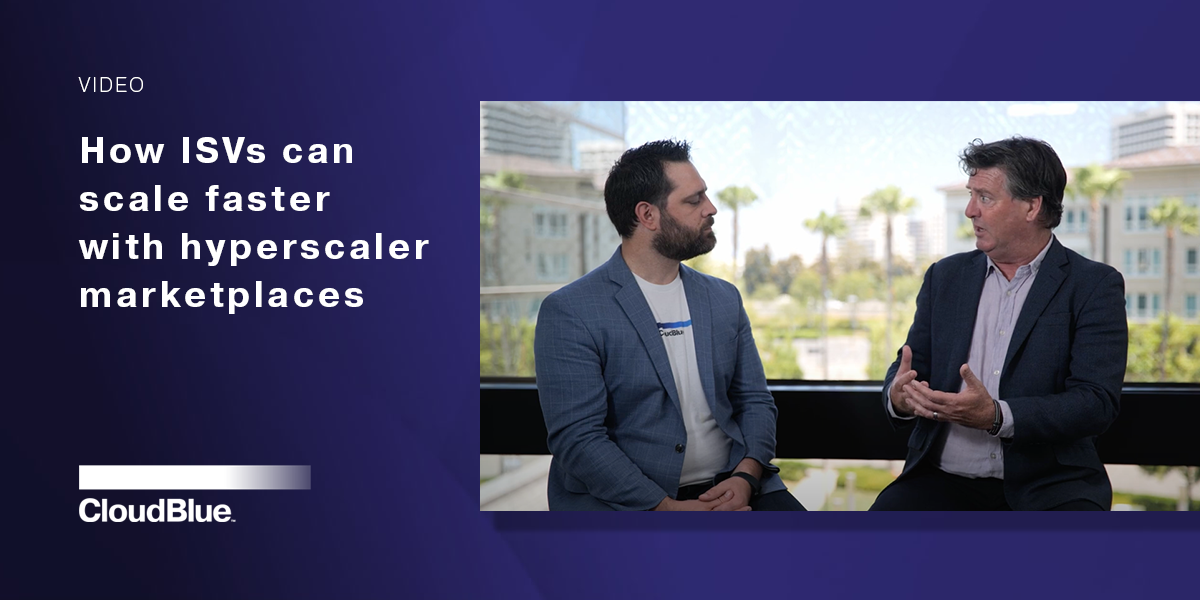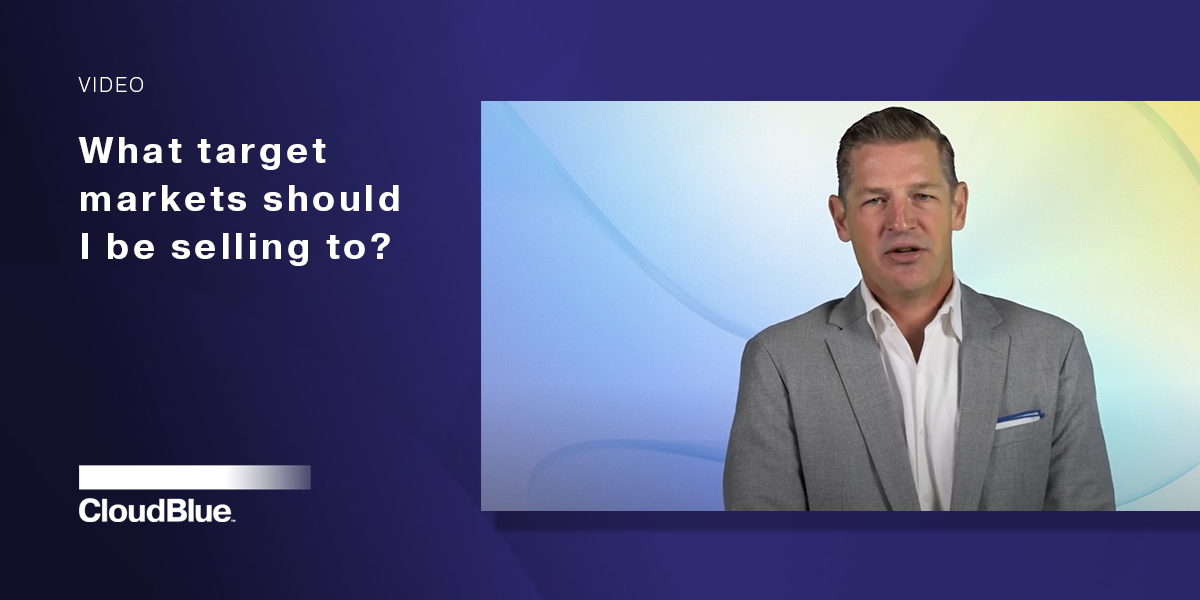The B2B as-a-service model is transforming the IT supply chain
A few years ago, companies bought hardware from a tech supplier, software from a vendor or systems integrator, and their helpdesk service from a specialized 3rd-party. In today’s lean economy, the complexity of dealing with multiple vendors is no longer viable.
Modern organizations demand predictability and simplicity with operational efficiency at the center of any process design. They require complete solutions bundled and delivered as a service, payable in fixed monthly installments and, ideally, through a single supplier. Download the White Paper: A Relentless Race Towards Recurring Revenue, to learn more.

